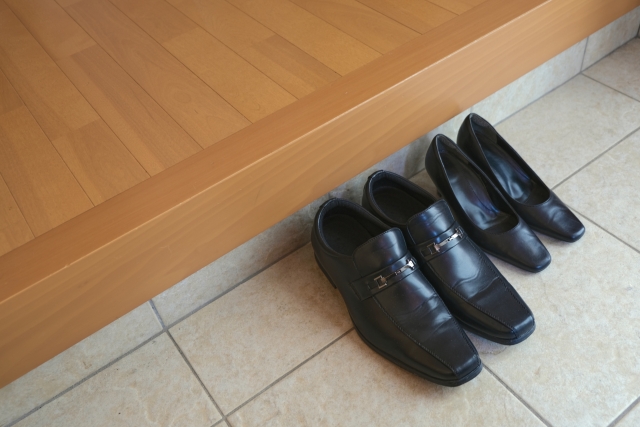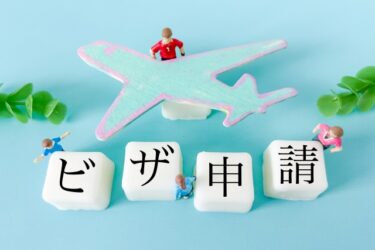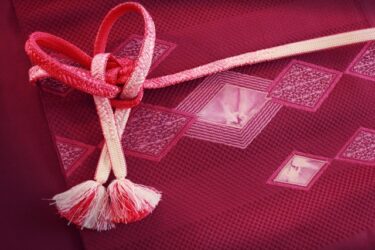Japan is renowned for its rich culture, which is deeply rooted in respect, harmony, and tradition. Whether you are living, working, or visiting Japan, understanding cultural etiquette is essential for building positive relationships with locals and navigating daily life with ease. This guide will help you learn about the most important social customs, unwritten rules, and best practices to ensure your actions reflect understanding and respect for Japanese culture. Knowing and following these customs will also help you avoid unintentional faux pas and foster smoother social and professional interactions.
Cultural Etiquette in Japan: A Guide for Foreign Residents
Greetings and Social Manners
Bowing (お辞儀, Ojigi)
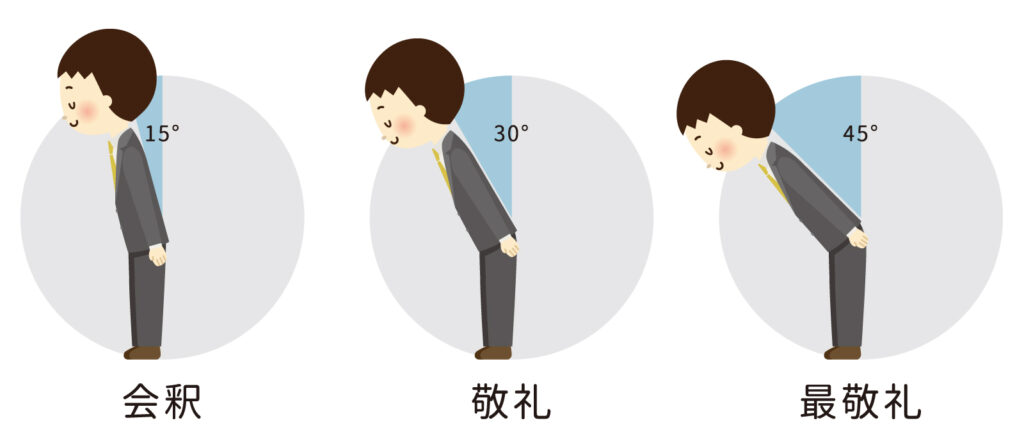
Bowing is a fundamental aspect of Japanese etiquette. It’s used in many situations—from greeting someone, showing gratitude, to apologizing. The depth of the bow depends on the situation:
- A slight bow is often used for casual greetings or acknowledgments.
- A deeper bow is reserved for formal occasions, like business meetings, or when offering sincere apologies.
Foreigners are not expected to bow perfectly, but making an effort to bow, even slightly, shows respect and appreciation for Japanese customs.
Exchanging Business Cards (名刺交換, Meishi Kokan)

In Japan, the exchange of business cards is a crucial part of business culture. Here are a few important tips to follow:
- Present and receive business cards with both hands, facing the other person so they can read it.
- Take a moment to look at the card before putting it away. Do not write on or fold it in front of the person who gave it to you.
- Keep your cards in a proper holder, not in your pocket, as this is seen as disrespectful.
Polite Language (敬語, Keigo)
Japan has an intricate system of honorific speech used to show respect, especially in professional settings. While foreigners are not expected to master Keigo, using polite expressions like “ありがとうございます” (arigatou gozaimasu, thank you) and “すみません” (sumimasen, excuse me) will help you leave a good impression.
Dining Etiquette
Chopsticks (箸, Hashi)
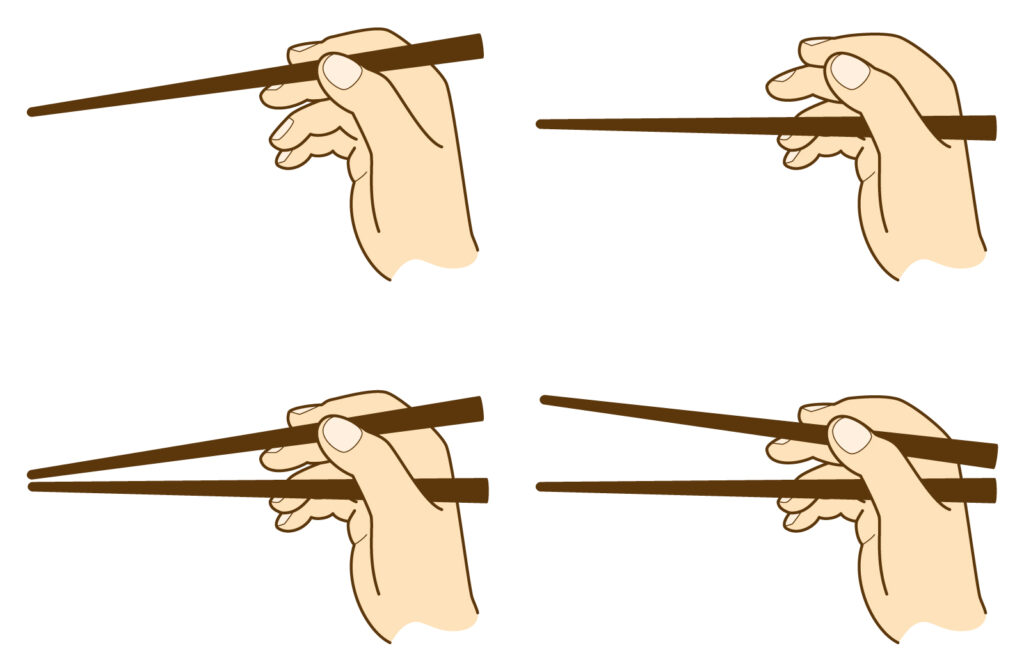
Proper use of chopsticks is an important aspect of dining in Japan. Some key rules include:
- Do not stick chopsticks upright in a bowl of rice: This resembles a funeral ritual and is considered bad luck.
- Do not pass food directly from one pair of chopsticks to another: This mimics another funeral custom.
- Rest chopsticks on the provided holder (箸置き, hashioki) when not in use.
- Do not point with chopsticks or use them to gesture, as this is seen as impolite.
Saying “Itadakimasu” and “Gochisousama”
Before eating, it is customary to say “いただきます” (itadakimasu), which translates to “I humbly receive,” as a way of showing gratitude for the meal. After the meal, saying “ごちそうさまでした” (gochisousama deshita), which means “thank you for the meal,” expresses appreciation to the person who prepared it.
Paying the Bill
In most restaurants, bills are paid at the register, not at the table. Tipping is not customary in Japan, and in fact, leaving a tip can be seen as disrespectful. Instead, it is customary to express gratitude for good service verbally.
Public Behavior and Etiquette
Silence on Public Transport
Maintaining a quiet atmosphere on public transportation is essential. Speaking loudly or taking phone calls on trains and buses is generally frowned upon. If you need to take a call, it’s better to wait until you are off the train or bus.
Queuing (並ぶ, Narabu)
Japanese society is highly organized, and this extends to how people line up. Whether at a train station, supermarket, or restaurant, always wait in line patiently. Pushing ahead or cutting in line is considered very rude.
No Eating or Drinking on the Go
Eating while walking or on public transport is generally discouraged, although it may be acceptable in certain places like festivals or around food stalls. It’s polite to finish your meal or drink at the establishment where you purchased it, or find a designated eating area.
Public Cleanliness
Japanese cities are known for being clean despite the scarcity of trash bins. It’s customary to carry your trash with you and dispose of it at home or in designated areas. Keeping the public environment clean is an important part of the collective mindset in Japan.
Gift-Giving Etiquette
Gift-giving is a significant part of Japanese culture, and understanding its nuances is essential, especially in business or personal relationships.
Omiyage (お土産)
Omiyage, or souvenirs, are often given when returning from a trip, especially to coworkers or friends. These gifts are typically food items unique to the region visited, and they are beautifully packaged. The act of giving omiyage shows appreciation and thoughtfulness.
Presentation Matters
How a gift is wrapped is almost as important as the gift itself. In Japan, beautiful packaging reflects the care and thought behind the gesture. When giving a gift, offer it with both hands as a sign of respect.
Seasonal Gifts (中元, Chūgen and お歳暮, Oseibo)
It’s customary to give seasonal gifts to business associates or clients. Chūgen gifts are given in the summer (July), while Oseibo gifts are given at the end of the year (December). These gifts often consist of high-quality food or household items, and they are a way to express gratitude and maintain relationships.
Workplace Etiquette
Punctuality
Being on time is highly valued in Japan, whether for a work meeting or a social engagement. Arriving even five minutes late can be considered impolite. It’s a good practice to arrive a few minutes early to demonstrate your respect for others’ time.
Office Culture and Hierarchy
Japanese workplaces are typically hierarchical, with a strong emphasis on respect for seniority. Addressing colleagues using their titles and last names (e.g., Tanaka-san) is a sign of respect. Additionally, decision-making often follows a consensus-based approach, and it’s important to recognize the group dynamics when working on projects.
Nomikai (飲み会)

Nomikai refers to after-work drinking parties, which are common in Japan and serve as an informal way to strengthen bonds between coworkers. Although attendance is not mandatory, it’s often appreciated if you join, even for a short time. While at a nomikai, avoid discussing work-related matters and focus on building personal connections.
Religious Etiquette
Shrine and Temple Visits
When visiting Shinto shrines or Buddhist temples, it’s important to follow the appropriate etiquette:
- At shrines: Purify yourself at the water basin by rinsing your hands and mouth. When praying, throw a coin into the offering box, bow twice, clap twice, and bow once more.
- At temples: It’s customary to offer a prayer silently and respect the peaceful atmosphere. Some temples allow you to light incense (線香, senkou), which is believed to carry your prayers to the heavens.
Dress Modestly
When visiting religious sites, avoid wearing revealing clothing. Dressing modestly, with shoulders and knees covered, is a sign of respect for the sacred space.
Social Gatherings and Invitations
Inviting and Being Invited
When invited to someone’s home, it’s polite to bring a small gift, such as sweets or fruits, to show appreciation. Upon entering the home, always remove your shoes and wear the provided slippers.
Sitting Etiquette
When attending formal gatherings or sitting in traditional settings (like tatami rooms), it’s polite to sit in a seiza position (kneeling with legs folded under you). However, if this is uncomfortable, especially for foreigners, sitting cross-legged may be acceptable in informal situations.
Toasts (乾杯, Kanpai)
At social gatherings, it’s common to wait until everyone has a drink before making a toast. The host or senior member will usually initiate the first toast with “乾杯” (kanpai, meaning “cheers”). You should raise your glass and lightly clink it with others while saying the same.
Cultural Faux Pas to Avoid
Avoiding Eye Contact
In Japan, direct eye contact can sometimes be interpreted as confrontational or aggressive. While it’s not necessary to avoid eye contact completely, prolonged staring should be avoided, especially with superiors.
Public Displays of Affection
Public displays of affection, such as hugging or kissing, are generally considered inappropriate in Japan. While hand-holding may be acceptable for couples, more intimate gestures are usually kept private.
Common Cultural Etiquette FAQs
What is considered rude in Japan?
Speaking loudly in public, failing to bow when greeting or thanking someone, and ignoring basic chopstick etiquette are all considered rude. Additionally, being late for meetings or appointments is seen as disrespectful.
If you can’t find the information you’re looking for, please send us a request through the contact form.
We will create articles based on the most frequently asked questions.
Our contact form is here.

